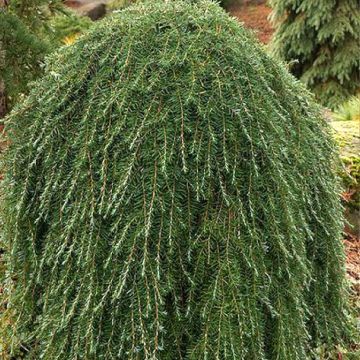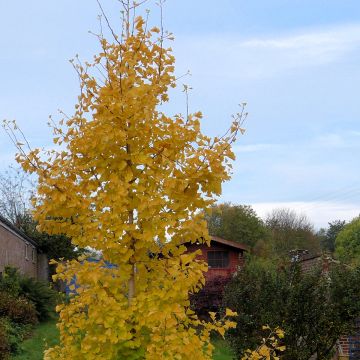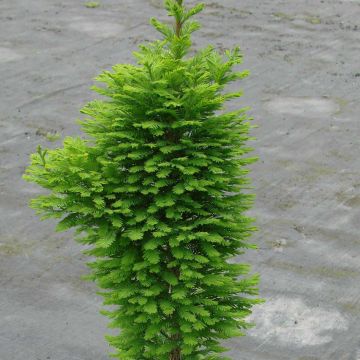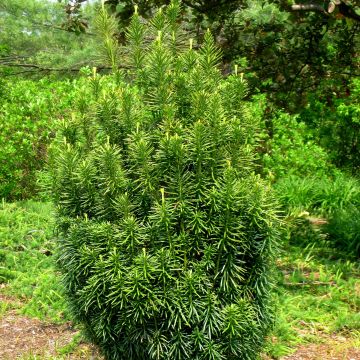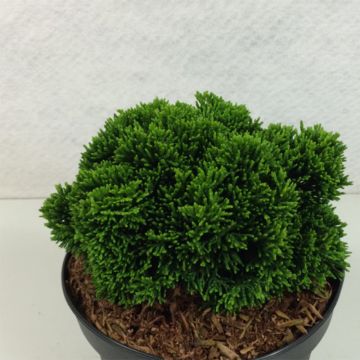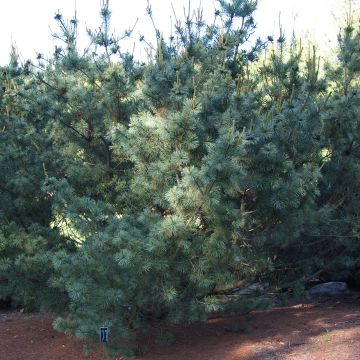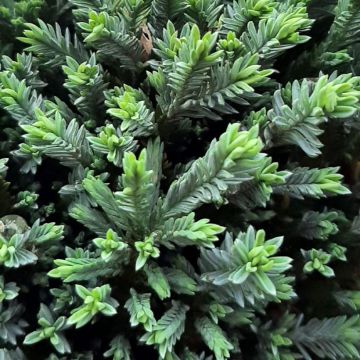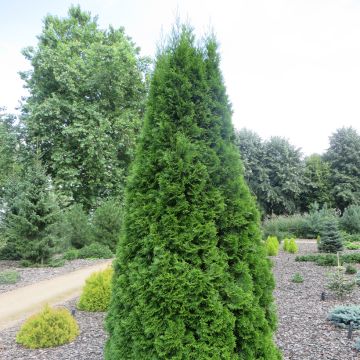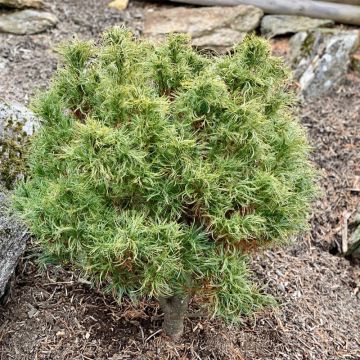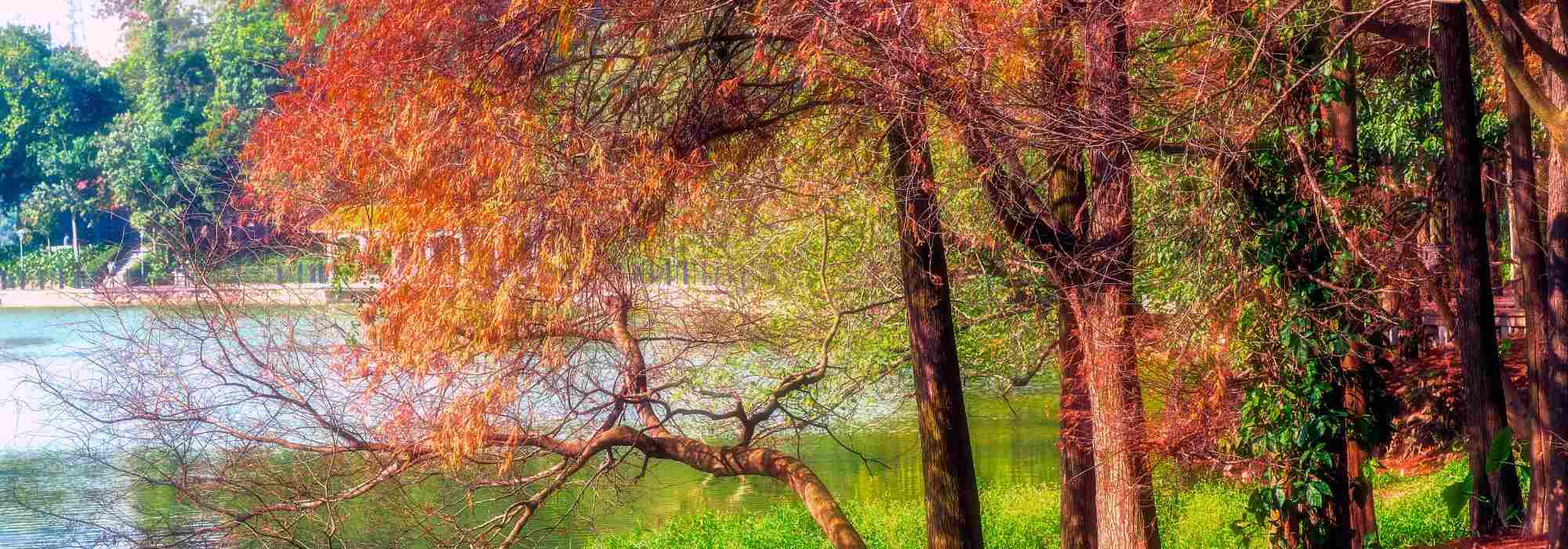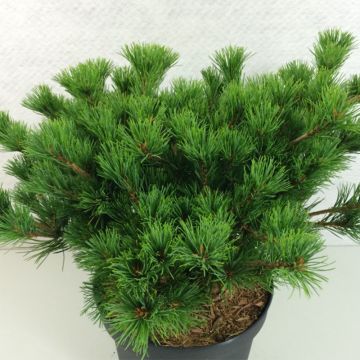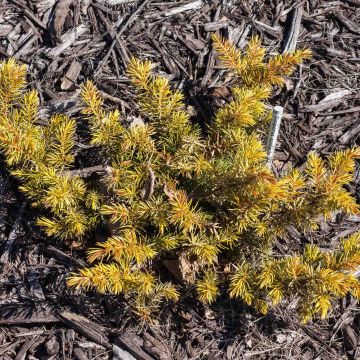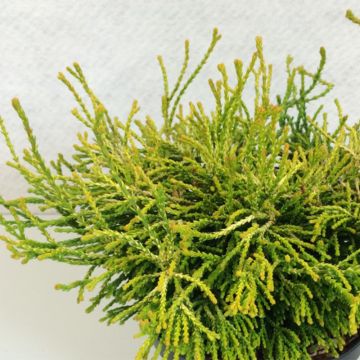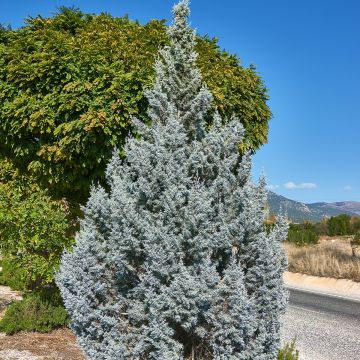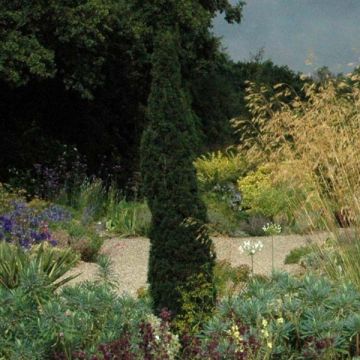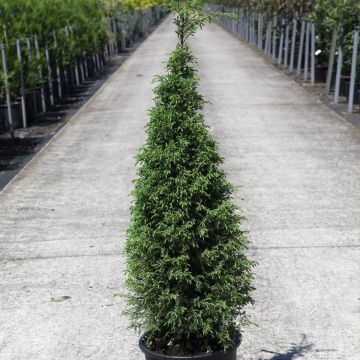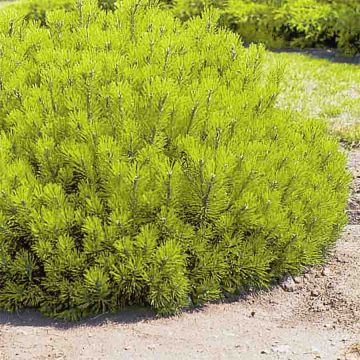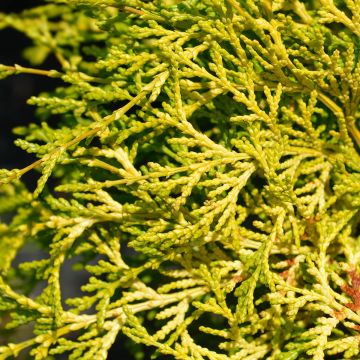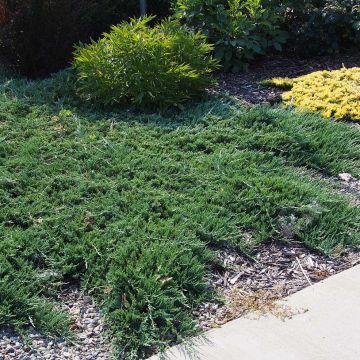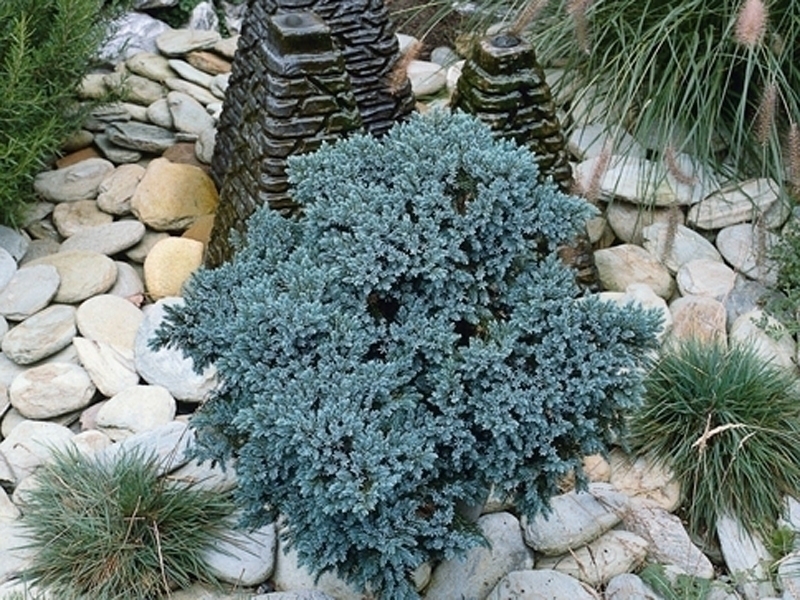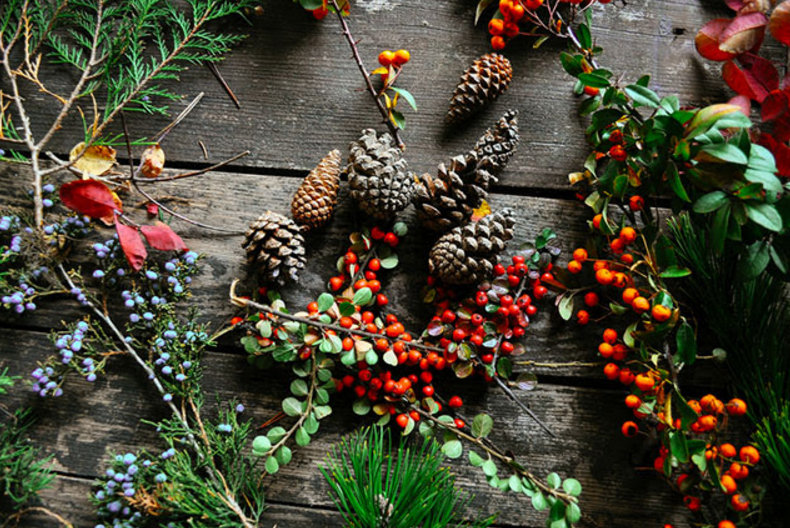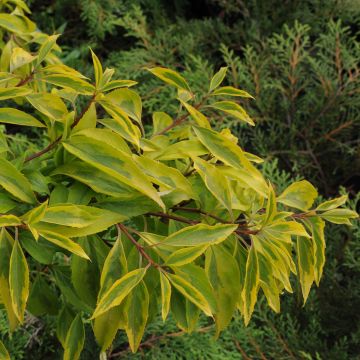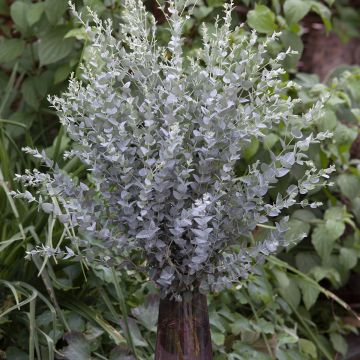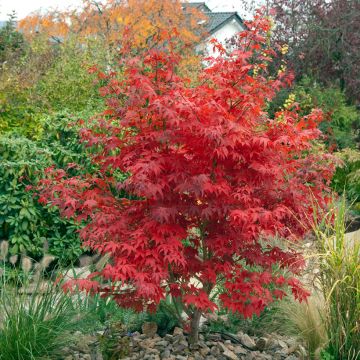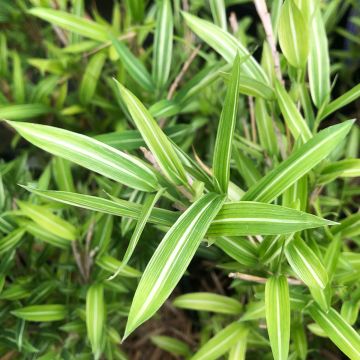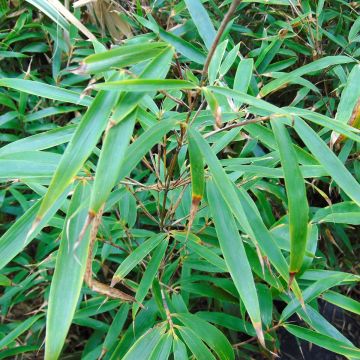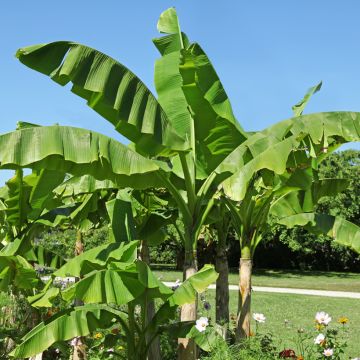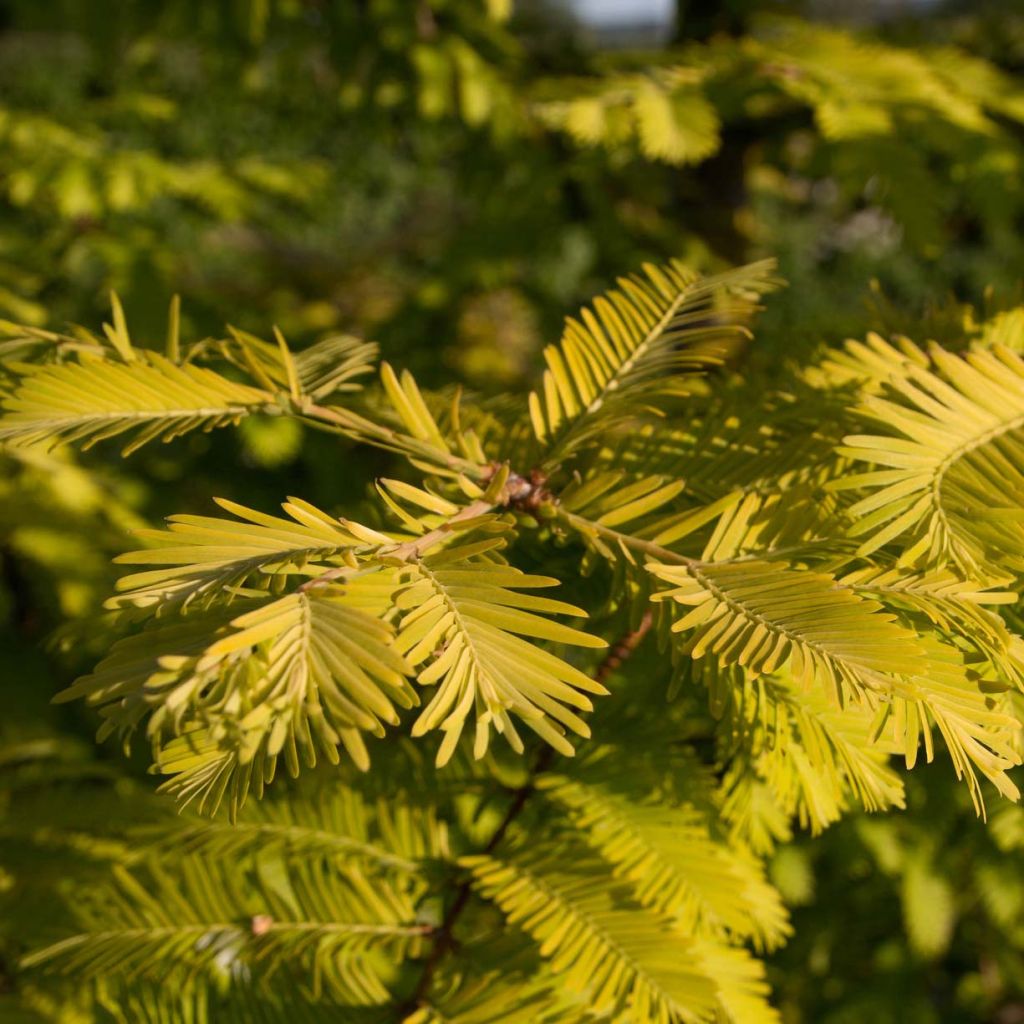

Metasequoia glyptostroboides Gold Rush
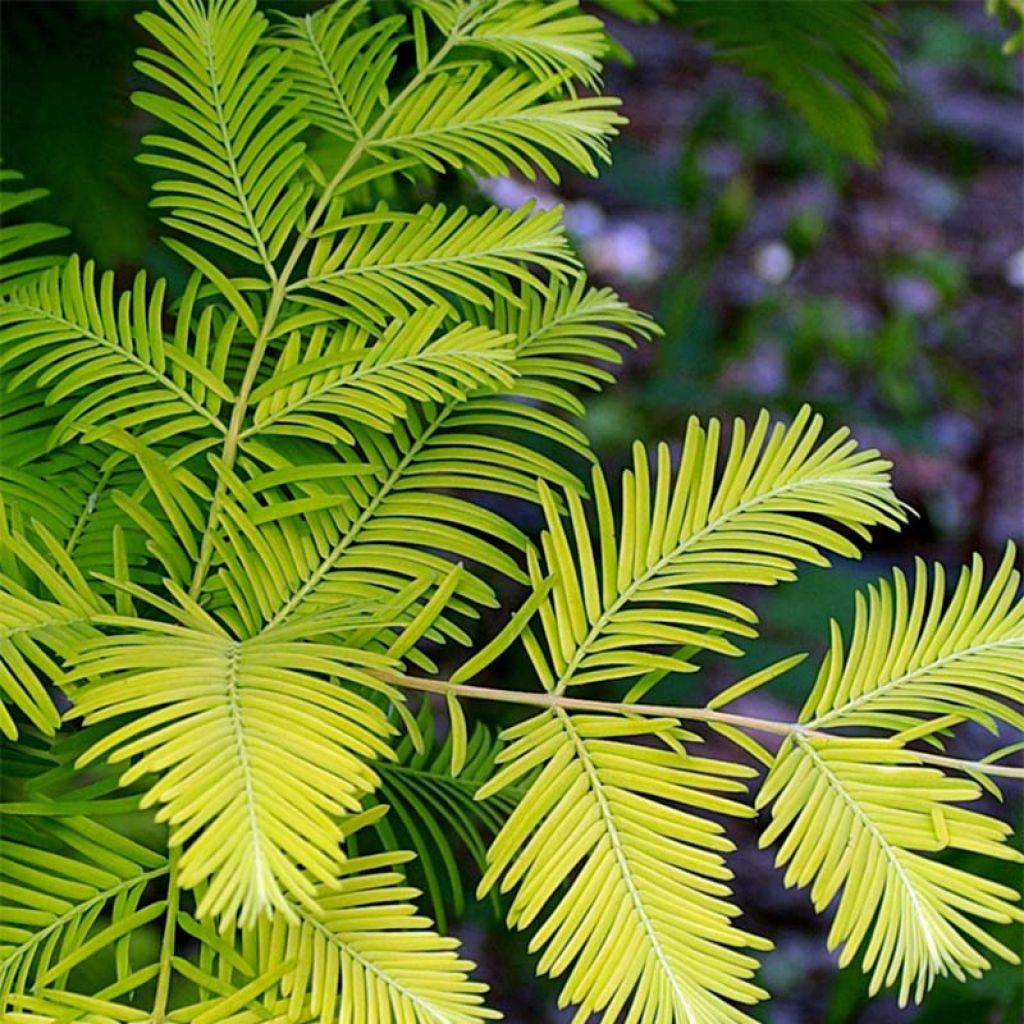

Metasequoia glyptostroboides Gold Rush
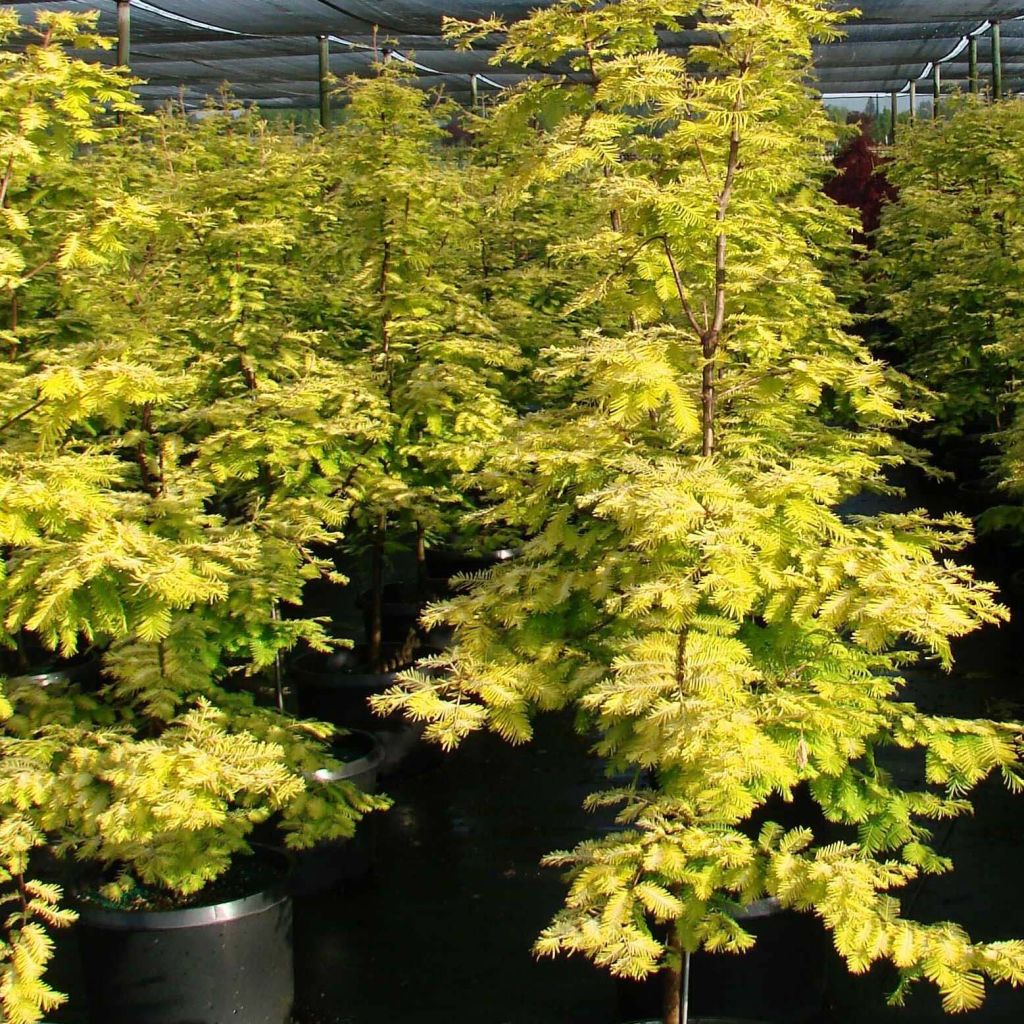

Metasequoia glyptostroboides Gold Rush
Metasequoia glyptostroboides Gold Rush - Dawn Redwood
Metasequoia glyptostroboides Gold Rush
Dawn Redwood, Water Fir
Superb young plants delivered in a very good condition with a yellow-green foliage. Greener than the yellow shown in the illustration, but it may be its late-season colour. The delivery and especially the packaging were perfect, with root to top protection. Now, all that remains is to wait for spring and water to promote a restart in the best possible conditions.
FRA, 04/11/2023
Special offer!
Receive a €20 voucher for any order over €90 (excluding delivery costs, credit notes, and plastic-free options)!
1- Add your favorite plants to your cart.
2- Once you have reached €90, confirm your order (you can even choose the delivery date!).
3- As soon as your order is shipped, you will receive an email containing your voucher code, valid for 3 months (90 days).
Your voucher is unique and can only be used once, for any order with a minimum value of €20, excluding delivery costs.
Can be combined with other current offers, non-divisible and non-refundable.
Why not try an alternative variety in stock?
View all →This plant carries a 24 months recovery warranty
More information
We guarantee the quality of our plants for a full growing cycle, and will replace at our expense any plant that fails to recover under normal climatic and planting conditions.

Would this plant suit my garden?
Set up your Plantfit profile →
Description
Metasequoia glyptostroboides 'Gold Rush' is a beautiful Japanese selection with golden foliage, also known as Water Fir or Chinese Sequoia. This large deciduous conifer develops very bright light-yellow foliage in spring, turning yellow-green in summer, then golden, before turning russet in autumn. Growing more slowly, it also has less significant growth than the type, which allows it to be adopted in a medium-sized garden. It is not lacking in appeal in winter, when it exposes its cracked reddish-brown bark. Offer it a prime location, plenty of light, and moist soil.
Metasequoia glyptostroboides, cousin of the Sequoiadendron, is a large conifer of the Cupressaceae family. It originates from China, more precisely from the west of the Sichuan province, where it was only discovered in 1941. It is the only surviving species of a very ancient genus, dating back to the Cretaceous period, simultaneous with the extinction of terrestrial dinosaurs and the beginning of an ice age. Its species name, glyptostroboides, refers to the cone-shaped fruits (strobili), which are very similar to cypress fruits. In its natural environment, under good conditions, it will reach a height of 40m (131ft) with a spread of 10m (33ft), and develop a conical and erect habit, sometimes almost columnar. This species shows very rapid growth in moist soil. It appreciates temperate climates as well as marshy, non-calcareous soils.
The cultivar 'Gold Rush' was, at the time of its introduction in Japan, named 'Ogon'. It has a more modest-size, with much slower growth and curiously yellow foliage, particularly in spring and late summer. It develops a ribbed trunk at the base, covered with a cracked reddish-brown bark. In our gardens, the tree will reach an average height of 15m (49ft) with a spread of 5m (16ft) at maturity. Its branches are arranged in an opposite manner and spread out into long persistent stems that themselves bear short deciduous branchlets. The deciduous leaves are arranged in two opposite rows, along a common axis and on the same plane. They are linear, 8 to 15cm (3 to 6in) long and 1 to 2mm (1in) wide, flexible, flattened, and pale-yellow in spring. They darken slightly in summer, turn bright yellow in late summer, then take on various shades of russet and copper before falling. Flowering occurs on mature individuals. The inflorescences are globose, scaly and pedunculated cones, measuring 2 to 3cm (1in) in diameter.
Metasequoia glyptostroboides 'Gold Rush' is perfect in a garden large enough to accommodate it. If the conditions are met, it will be an exceptional tree, which will make the gardener who plants it proud. It can be planted as a focal point, or as a hedge, by a watercourse, or on the outskirts of the countryside, placed in front of a curtain of Phyllostachys bambusoides, the giant bamboo. Such a tall tree requires a solid base; its location should be carefully chosen, in deep soil and in a well-exposed position. It requires little or no maintenance after the first few years and goes well with other large conifers with autumn foliage such as Larch or Bald Cypress. The sculptural qualities of conifers naturally impose themselves in the design of a contemporary garden, which prefers the aesthetics of shapes, silhouettes and textures to the fleeting appearance of flowers. This one, with its beautiful structure and twisted trunk on mature subjects, loses none of its majesty in winter.
Metasequoia glyptostroboides Gold Rush - Dawn Redwood in pictures


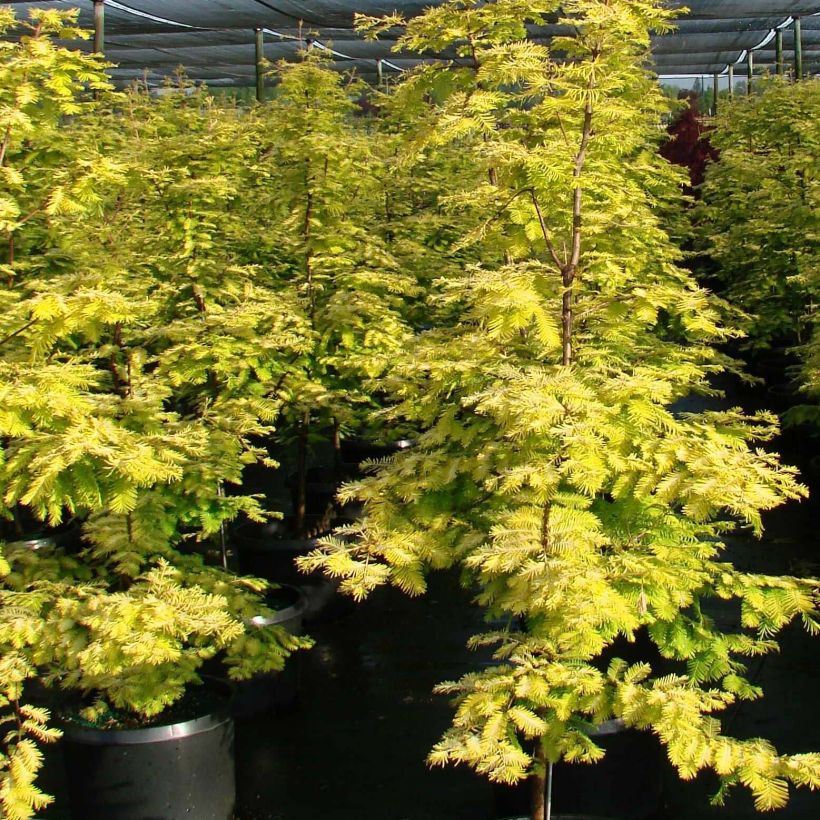

Plant habit
Foliage
Botanical data
Metasequoia
glyptostroboides
Gold Rush
Taxodiaceae (cupressaceae)
Dawn Redwood, Water Fir
Cultivar or hybrid
Other Conifers A to Z
View all →Planting and care
Plant from September to November and from February to June in deep, close to neutrality or slightly acidic, rather fertile, moist to wet soil. While it tolerates clay soils, it prefers loose and loamy or sandy soils, that are not too chalky. Choose a sunny and well-cleared location. Soak the root balls well before planting. Add organic matter to the planting hole and water generously for the first three years, and in case of drought as it should never lack water. In poor soil, you can apply a special conifer fertiliser every 2 years, in April. Hoe the soil in summer. This hardy conifer (up to -15°C (5°F) at least) fears hot summers, alkaline and excessively dry soils. Pruning is not necessary.
Planting period
Intended location
Care
Planting & care advice
-
, onOrder confirmed
Reply from on Promesse de fleurs
Similar products
Haven't found what you were looking for?
Hardiness is the lowest winter temperature a plant can endure without suffering serious damage or even dying. However, hardiness is affected by location (a sheltered area, such as a patio), protection (winter cover) and soil type (hardiness is improved by well-drained soil).

Photo Sharing Terms & Conditions
In order to encourage gardeners to interact and share their experiences, Promesse de fleurs offers various media enabling content to be uploaded onto its Site - in particular via the ‘Photo sharing’ module.
The User agrees to refrain from:
- Posting any content that is illegal, prejudicial, insulting, racist, inciteful to hatred, revisionist, contrary to public decency, that infringes on privacy or on the privacy rights of third parties, in particular the publicity rights of persons and goods, intellectual property rights, or the right to privacy.
- Submitting content on behalf of a third party;
- Impersonate the identity of a third party and/or publish any personal information about a third party;
In general, the User undertakes to refrain from any unethical behaviour.
All Content (in particular text, comments, files, images, photos, videos, creative works, etc.), which may be subject to property or intellectual property rights, image or other private rights, shall remain the property of the User, subject to the limited rights granted by the terms of the licence granted by Promesse de fleurs as stated below. Users are at liberty to publish or not to publish such Content on the Site, notably via the ‘Photo Sharing’ facility, and accept that this Content shall be made public and freely accessible, notably on the Internet.
Users further acknowledge, undertake to have ,and guarantee that they hold all necessary rights and permissions to publish such material on the Site, in particular with regard to the legislation in force pertaining to any privacy, property, intellectual property, image, or contractual rights, or rights of any other nature. By publishing such Content on the Site, Users acknowledge accepting full liability as publishers of the Content within the meaning of the law, and grant Promesse de fleurs, free of charge, an inclusive, worldwide licence for the said Content for the entire duration of its publication, including all reproduction, representation, up/downloading, displaying, performing, transmission, and storage rights.
Users also grant permission for their name to be linked to the Content and accept that this link may not always be made available.
By engaging in posting material, Users consent to their Content becoming automatically accessible on the Internet, in particular on other sites and/or blogs and/or web pages of the Promesse de fleurs site, including in particular social pages and the Promesse de fleurs catalogue.
Users may secure the removal of entrusted content free of charge by issuing a simple request via our contact form.
The flowering period indicated on our website applies to countries and regions located in USDA zone 8 (France, the United Kingdom, Ireland, the Netherlands, etc.)
It will vary according to where you live:
- In zones 9 to 10 (Italy, Spain, Greece, etc.), flowering will occur about 2 to 4 weeks earlier.
- In zones 6 to 7 (Germany, Poland, Slovenia, and lower mountainous regions), flowering will be delayed by 2 to 3 weeks.
- In zone 5 (Central Europe, Scandinavia), blooming will be delayed by 3 to 5 weeks.
In temperate climates, pruning of spring-flowering shrubs (forsythia, spireas, etc.) should be done just after flowering.
Pruning of summer-flowering shrubs (Indian Lilac, Perovskia, etc.) can be done in winter or spring.
In cold regions as well as with frost-sensitive plants, avoid pruning too early when severe frosts may still occur.
The planting period indicated on our website applies to countries and regions located in USDA zone 8 (France, United Kingdom, Ireland, Netherlands).
It will vary according to where you live:
- In Mediterranean zones (Marseille, Madrid, Milan, etc.), autumn and winter are the best planting periods.
- In continental zones (Strasbourg, Munich, Vienna, etc.), delay planting by 2 to 3 weeks in spring and bring it forward by 2 to 4 weeks in autumn.
- In mountainous regions (the Alps, Pyrenees, Carpathians, etc.), it is best to plant in late spring (May-June) or late summer (August-September).
The harvesting period indicated on our website applies to countries and regions in USDA zone 8 (France, England, Ireland, the Netherlands).
In colder areas (Scandinavia, Poland, Austria...) fruit and vegetable harvests are likely to be delayed by 3-4 weeks.
In warmer areas (Italy, Spain, Greece, etc.), harvesting will probably take place earlier, depending on weather conditions.
The sowing periods indicated on our website apply to countries and regions within USDA Zone 8 (France, UK, Ireland, Netherlands).
In colder areas (Scandinavia, Poland, Austria...), delay any outdoor sowing by 3-4 weeks, or sow under glass.
In warmer climes (Italy, Spain, Greece, etc.), bring outdoor sowing forward by a few weeks.






























